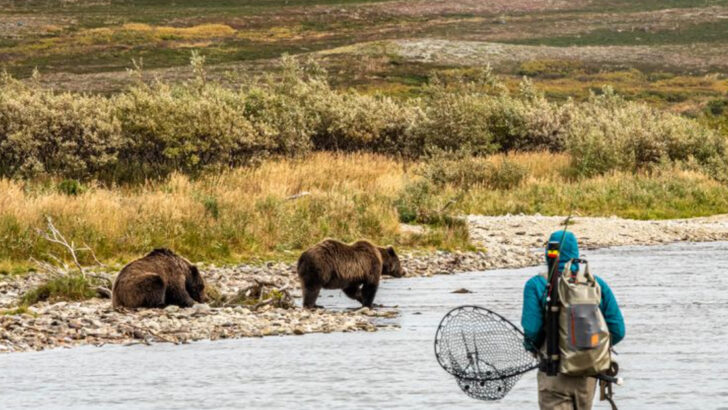Bears are moving in—and they’re not waiting politely on the outskirts. In 17 U.S. states, these massive, powerful animals are showing up closer to homes, trails, and even backyards. It’s thrilling, terrifying, and sometimes downright dangerous. From dumpster raids to surprise backyard visits, locals are finding creative—and sometimes desperate—ways to keep the peace. Some are setting up bear-proof bins, others are changing hiking habits, and a few are calling in experts to keep these visitors at bay. It’s a wild showdown between humans and bears, where every encounter counts. If you live in one of these states—or just love a good wildlife story—get ready for tales of survival, adaptation, and respect on the edge of the wild.
California
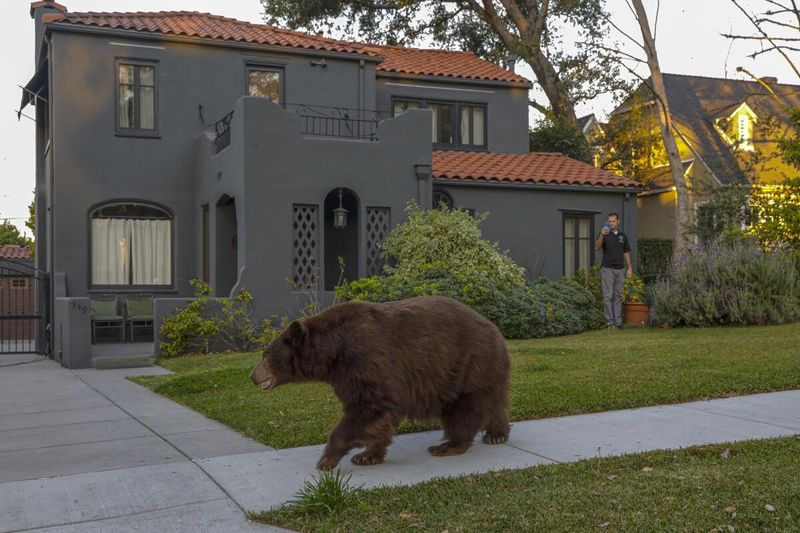
In California, bears are not an uncommon sight, especially in areas bordering natural reserves. Recently, residents in places like Lake Tahoe have reported more frequent bear sightings in backyards and trash bins. To address this, communities have adopted bear-proof garbage cans and invested in public education about reducing bear attractants. Authorities remind locals to keep food indoors and secure compost piles. This proactive approach aims to reduce bear-human conflicts.
Montana
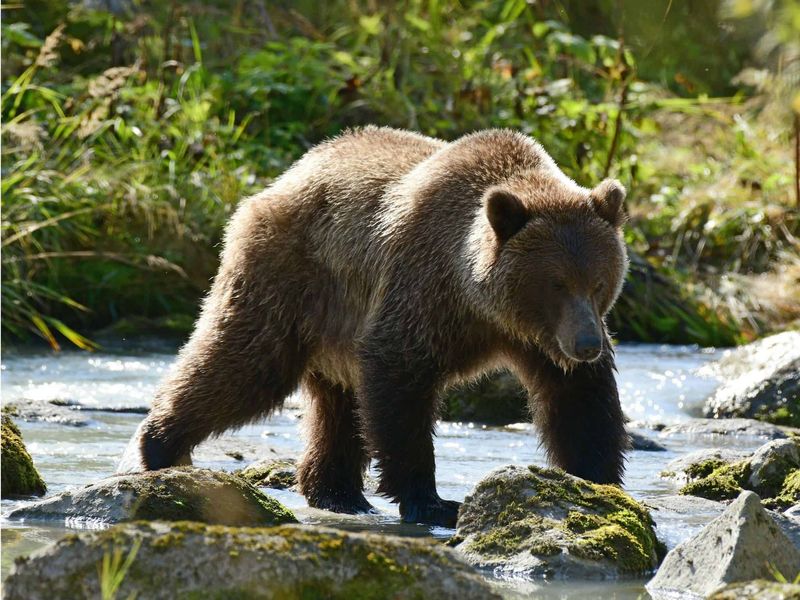
Montana’s vast wilderness is home to a significant grizzly bear population. As bears wander closer to towns, residents are incorporating electric fencing and bear spray workshops into their daily lives. These measures help prevent unwanted encounters and ensure safety. The state also promotes bear awareness by providing educational resources on how to act during an encounter, emphasizing the importance of staying calm and backing away slowly.
Alaska
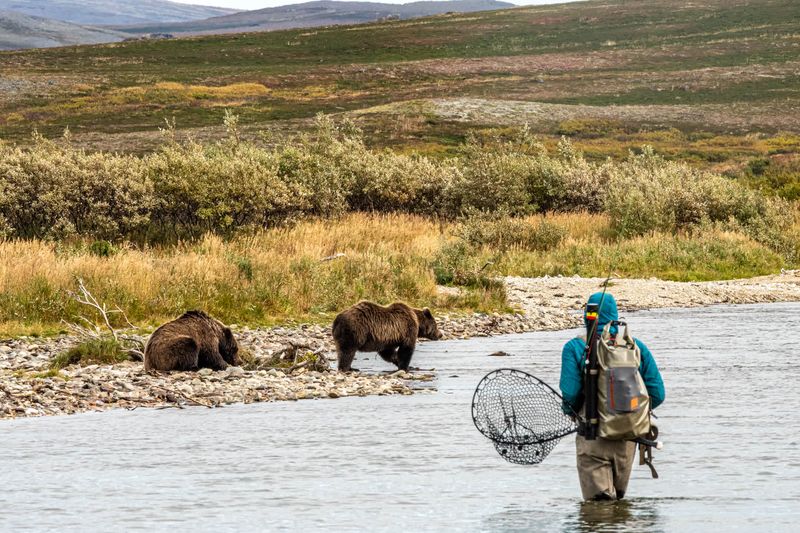
In Alaska, bear sightings are almost as common as the state’s breathtaking scenery. Locals have adapted by designing homes with bear-proof features and carrying bear spray as a precaution. Fishing communities, in particular, take extra care by storing fish catches in secure containers. The state encourages respect for these animals, reminding residents that coexistence is possible through awareness and preparation.
Colorado

With its majestic Rocky Mountains, Colorado has seen an uptick in bear encounters along hiking trails. Hikers are advised to travel in groups and make noise to avoid surprising bears. The state has implemented “bear aware” programs, educating the public on maintaining distance and storing food properly. By fostering a culture of respect and caution, Colorado aims to keep both bears and humans safe in their shared environment.
New York
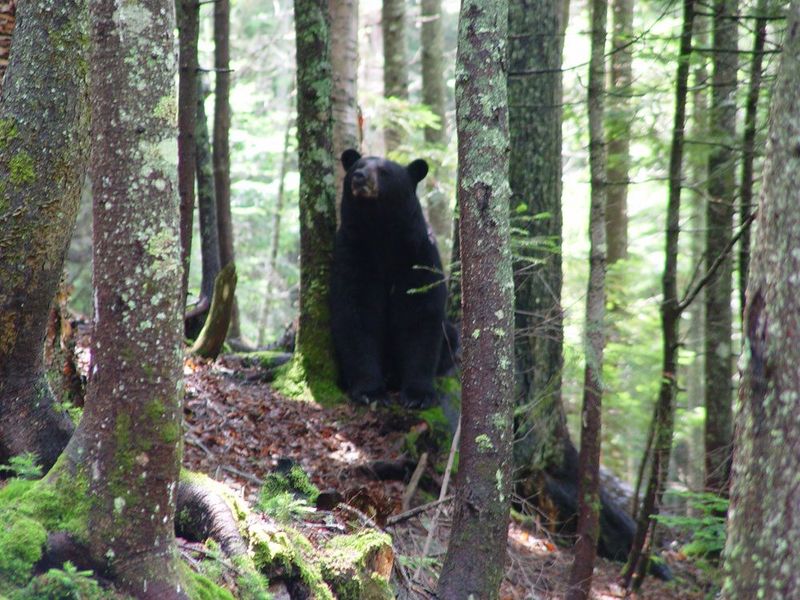
In New York, bears are increasingly making appearances in suburban areas, especially during the fall. Residents have started using motion-activated lights and alarms to deter nocturnal visits. The state’s wildlife agencies emphasize the importance of securing bird feeders and pet food indoors. Through these efforts, New Yorkers are learning to coexist with their wild neighbors, promoting a harmony that respects nature’s presence.
Washington

Washington’s lush forests are a natural habitat for black bears, and their curiosity often leads them into human territory. To prevent conflicts, locals utilize bear-proof dumpsters and engage in community workshops about bear behavior. The state supports these initiatives by offering resources on bear safety and awareness. Through education and practical solutions, Washingtonians strive to maintain a peaceful coexistence with their ursine residents.
Wyoming
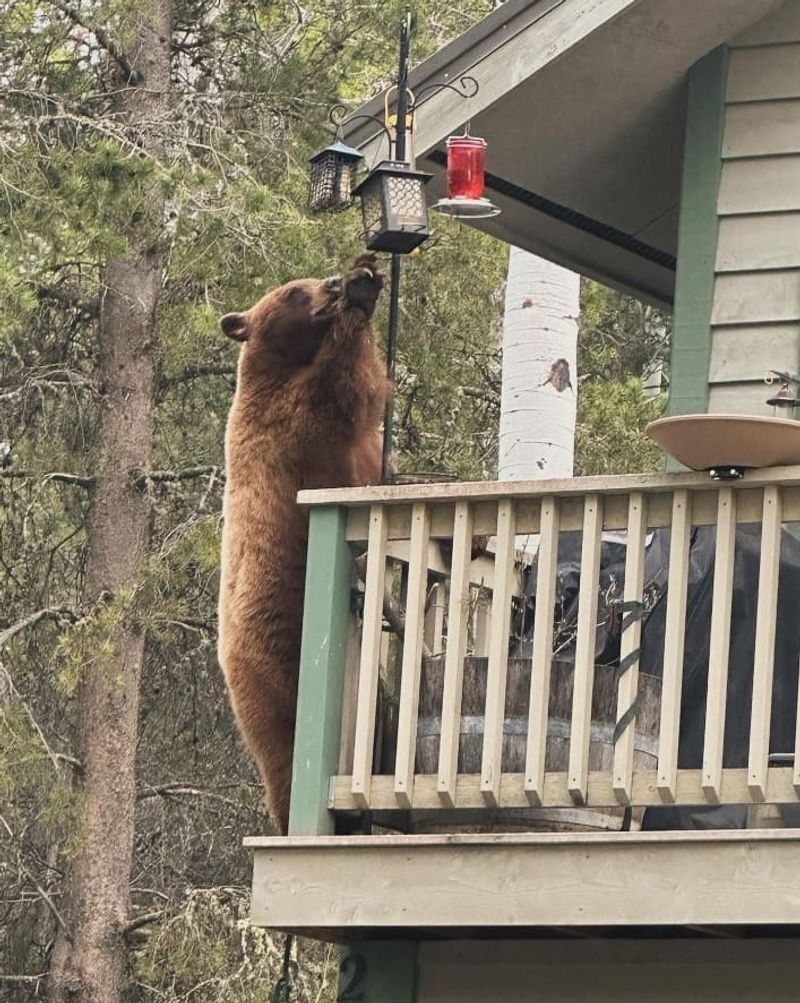
In Wyoming, close encounters with grizzly bears are on the rise, particularly near national parks. Residents have taken to installing electric fences around properties and attending bear safety courses. These strategies aim to prevent bears from becoming habituated to human presence. The state’s commitment to protecting both humans and wildlife is evident in its comprehensive approach to bear management, ensuring that both can thrive.
North Carolina
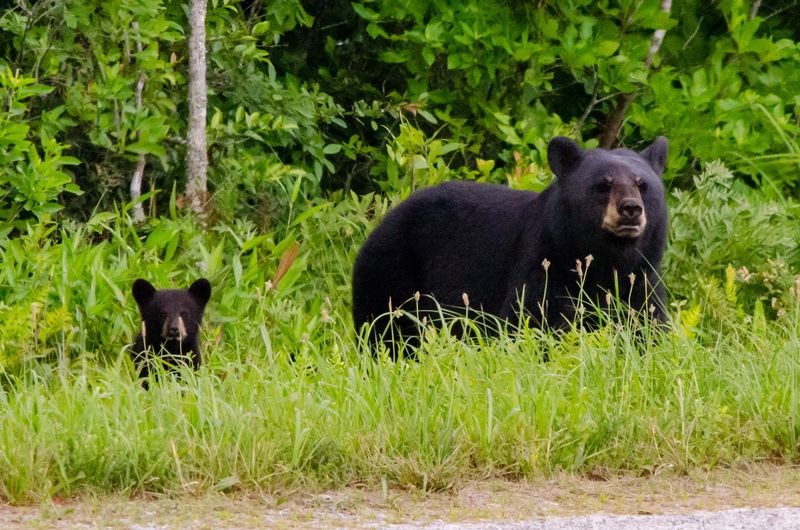
North Carolina’s rich woodlands are home to a growing bear population. As encounters increase, locals are adapting by securing trash and educating communities on bear behavior. The state promotes “Bearwise” initiatives, encouraging people to understand and respect these animals. By fostering awareness and preparedness, North Carolinians are working to minimize conflicts and support a harmonious relationship with their four-legged neighbors.
Virginia

In Virginia, bears are increasingly venturing into residential neighborhoods, drawn by the promise of easy meals. To address this, communities have implemented bear-proofing measures, such as securing trash and removing outdoor food sources. The state’s wildlife agencies provide educational materials to teach residents how to respond to bear sightings. By taking these steps, Virginians are learning to coexist with bears, ensuring safety for all.
Tennessee
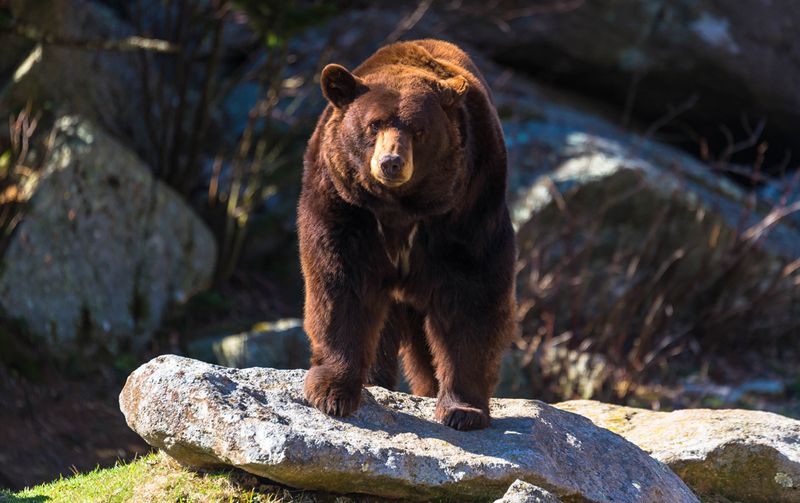
Tennessee’s Smoky Mountains are a haven for black bears, and their presence is increasingly felt in nearby towns. Residents are encouraged to bear-proof their properties and participate in local wildlife workshops. The state’s efforts to educate the public on bear safety and deterrence have fostered a sense of responsibility among locals, promoting a balanced coexistence with these majestic creatures.
New Jersey
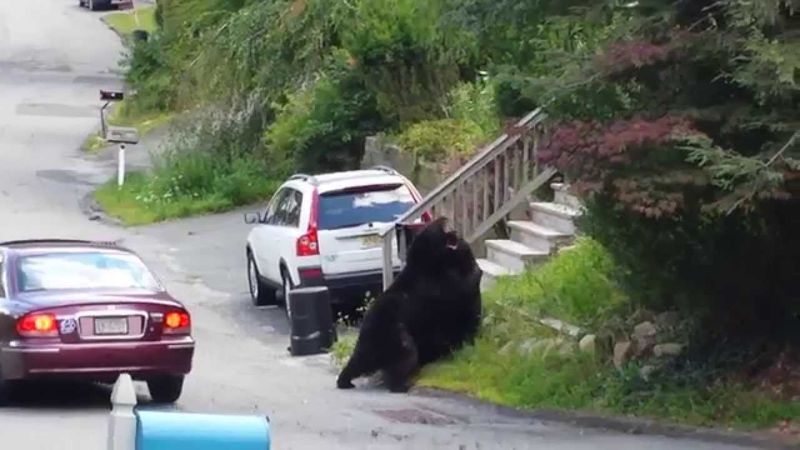
In New Jersey, bear sightings in suburban backyards have become more frequent. Locals are adapting by securing garbage and keeping pet food indoors. The state’s “Bear Aware” programs emphasize the importance of not feeding bears, intentionally or unintentionally. By understanding bear behavior and making small lifestyle changes, New Jersey residents are learning to share their space with these unexpected visitors.
Michigan
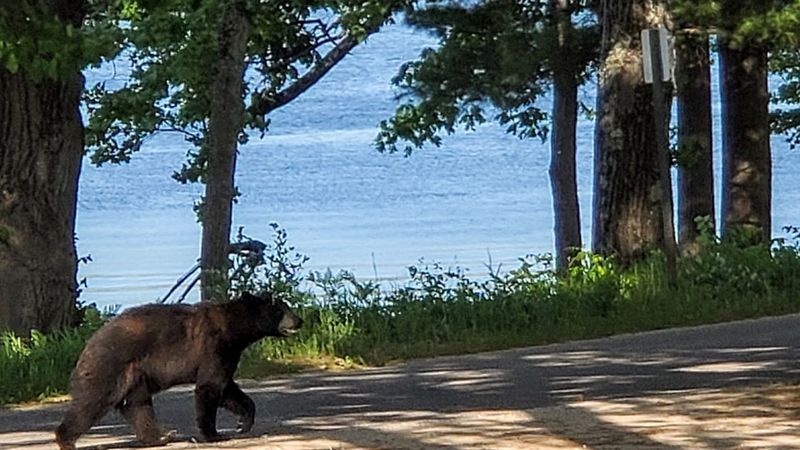
Michigan’s picturesque lakes and forests provide a natural habitat for black bears. As these animals explore new territories, residents are taking steps to minimize conflicts by securing food sources and attending bear awareness workshops. The state’s wildlife agencies encourage the use of bear-proof containers and emphasize the importance of keeping a safe distance. By promoting education and vigilance, Michigan is paving the way for peaceful coexistence.
Georgia

In Georgia, black bears are increasingly seen along the Appalachian Trail, captivating hikers and locals alike. The state has launched initiatives to educate the public on bear safety, encouraging proper food storage and caution on trails. By fostering a sense of respect and understanding, Georgians are learning to appreciate these animals from a distance, ensuring safety for both bears and humans.
Oregon

Oregon’s vibrant ecosystems are home to a thriving bear population. As bears venture into human spaces, locals are turning to bear-proof systems and community education to manage interactions. The state offers resources on bear safety and coexistence, promoting a culture of respect and awareness. By embracing these strategies, Oregon residents are working to maintain harmony with their wild neighbors.
Utah
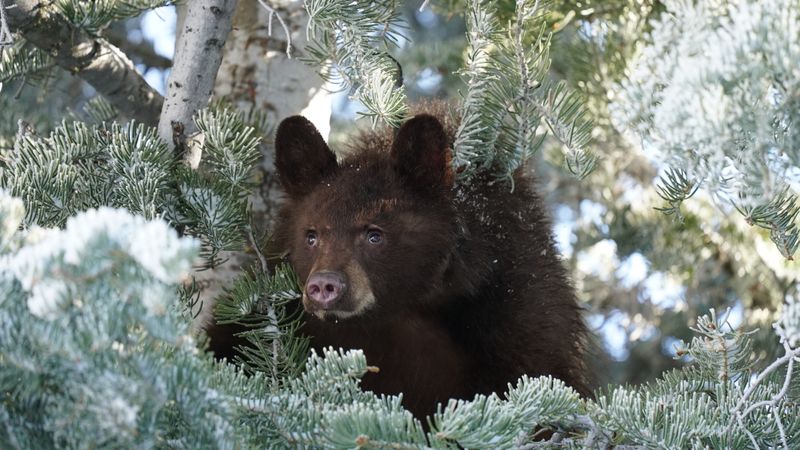
Utah’s diverse landscapes support a variety of wildlife, including black bears. As human-bear interactions rise, locals are implementing preventive measures such as bear-safe trash management and education programs. The state’s wildlife agencies provide guidance on how to respond to bear sightings, emphasizing safety and respect. Through these efforts, Utahns are fostering a peaceful coexistence with their ursine counterparts.
Minnesota
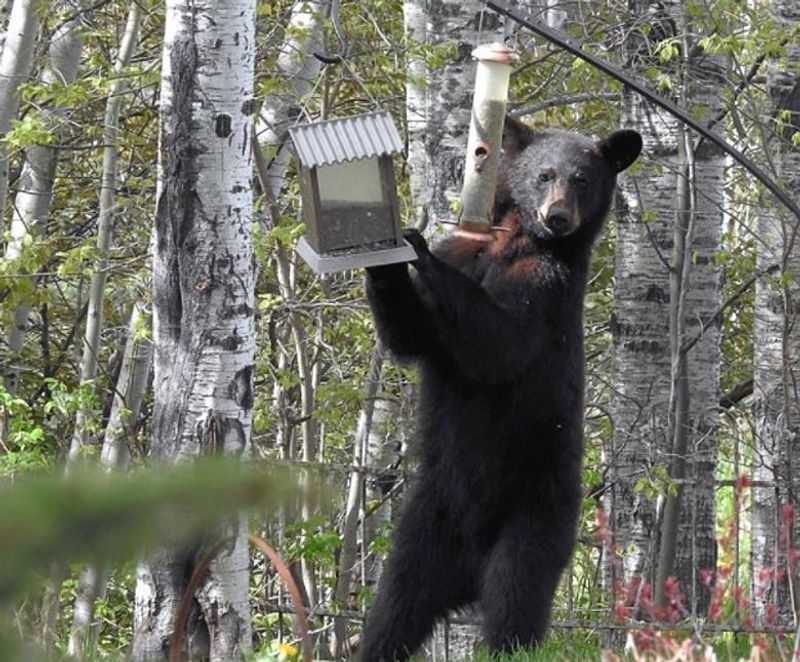
Minnesota’s dense forests offer an ideal habitat for black bears. As these creatures explore new territories, campers and locals are advised to use bear-proof containers and keep sites clean of food debris. The state’s wildlife conservation efforts focus on educating the public about bear behavior and promoting safe interactions. By adopting these practices, Minnesotans are working to coexist peacefully with their wild neighbors.
Pennsylvania
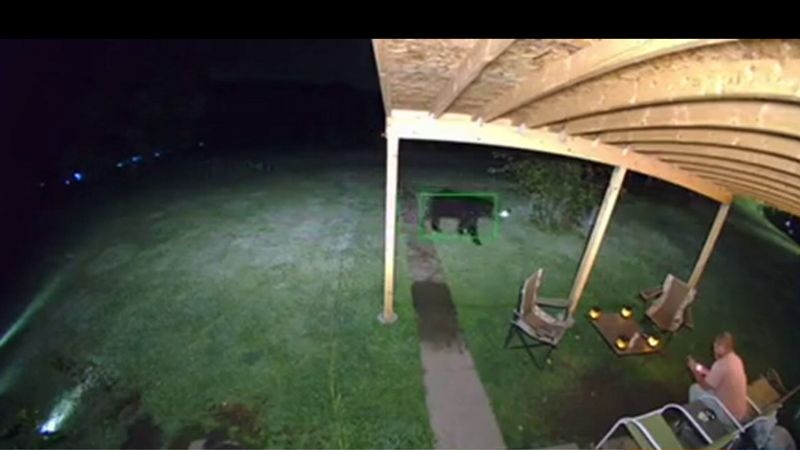
In Pennsylvania, black bears are a familiar sight, often seen crossing rural roads. As interactions rise, residents are encouraged to drive cautiously and secure food sources near homes. The state provides resources on bear safety, fostering a culture of awareness and respect. Through these initiatives, Pennsylvanians are learning to live alongside their wild counterparts, ensuring safety for both bears and humans.

